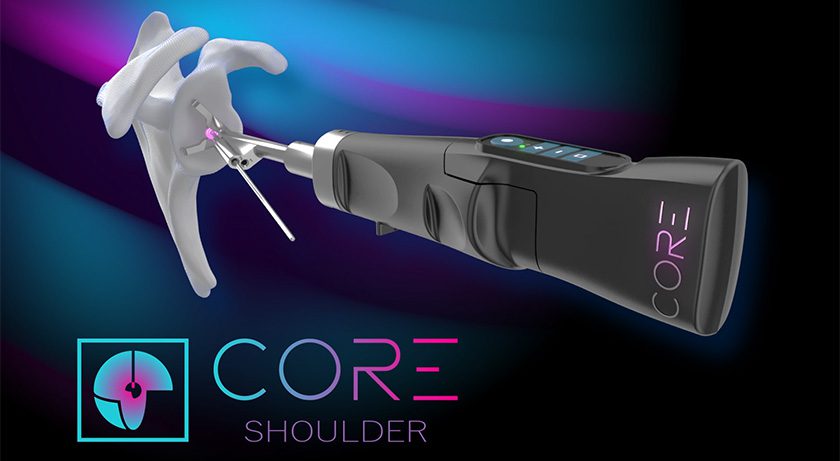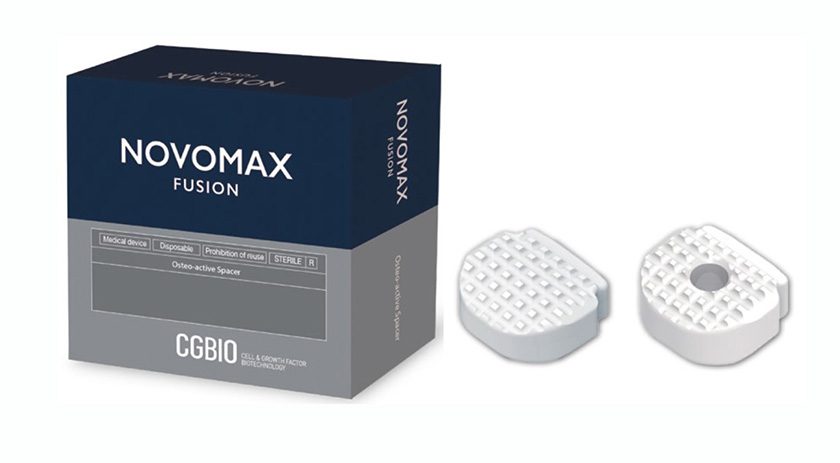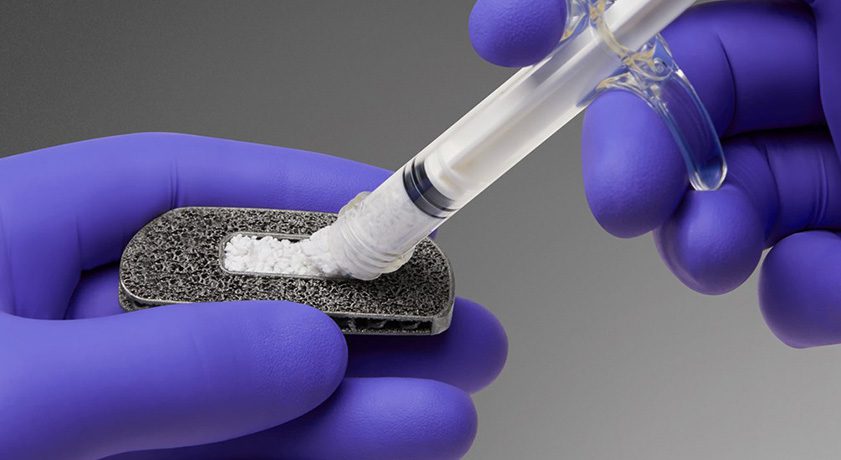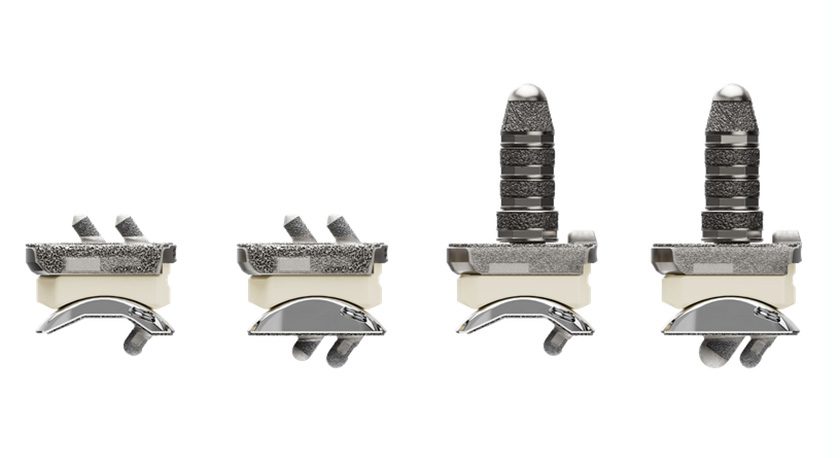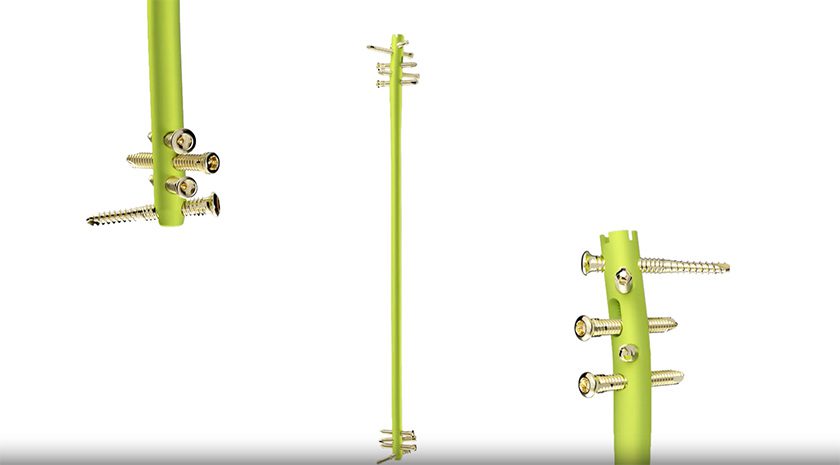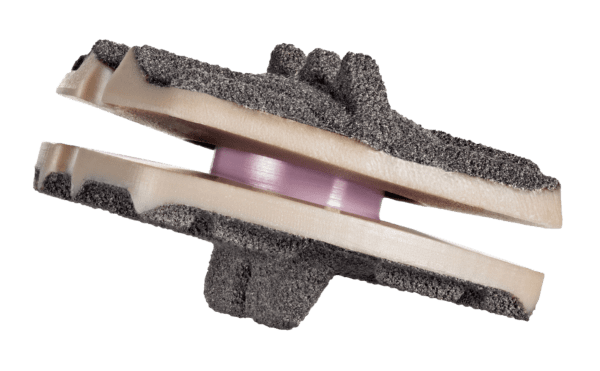

 Copy to clipboard
Copy to clipboard 
Simplify Medical was granted premarket approval from FDA for the Simplify artificial spinal disc for 1-level cervical indications.
The PMA was submitted to FDA after a 24-month follow-up was completed in 1Q20. Simplify Disc was used for 1-level cervical implantation between the C3 to C7 vertebrae.
The study results demonstrated that Simplify Disc achieved superiority in overall success compared to anterior cervical discectomy and fusion (ACDF). At 24 months, results indicated that:
- The Simplify Disc overall success rate of 93.0% was statistically superior to the ACDF overall success rate of 73.6%
- 97.9% of Simplify Disc patients achieved a significantly higher rate of meaningful (15 point) improvement in Neck Disability Index vs. ACDF at 88.0%
- Simplify Disc mean NDI improved from 63.3 at baseline to 13.6 at 24 months, and was superior to ACDF at all follow-up timepoints
- Significantly fewer Simplify Disc patients, 10.8%, were taking narcotic pain medication compared to ACDF patients at 36.8%
- Time to recovery was faster for Simplify Disc patients compared to ACDF patients
The Simplify Disc is also being evaluated in a separate U.S. IDE study for 2-level indications.
David Hovda, President and CEO of Simplify Medical, said, “We are pleased that FDA, after a thorough review of our PMA, determined that Simplify Disc is safe and effective for 1-level cervical disc replacement in the United States. We are proud to have achieved superiority to fusion on the primary endpoint, and are excited to be the first cervical disc replacement study to incorporate MR imaging at 24 months, allowing the FDA to review this compelling data which contributed to a strong benefit-risk profile.”
Simplify Medical was granted premarket approval from FDA for the Simplify artificial spinal disc for 1-level cervical indications.
The PMA was submitted to FDA after a 24-month follow-up was completed in 1Q20. Simplify Disc was used for 1-level cervical implantation between the C3 to C7 vertebrae.
The study results demonstrated that...
Simplify Medical was granted premarket approval from FDA for the Simplify artificial spinal disc for 1-level cervical indications.
The PMA was submitted to FDA after a 24-month follow-up was completed in 1Q20. Simplify Disc was used for 1-level cervical implantation between the C3 to C7 vertebrae.
The study results demonstrated that Simplify Disc achieved superiority in overall success compared to anterior cervical discectomy and fusion (ACDF). At 24 months, results indicated that:
- The Simplify Disc overall success rate of 93.0% was statistically superior to the ACDF overall success rate of 73.6%
- 97.9% of Simplify Disc patients achieved a significantly higher rate of meaningful (15 point) improvement in Neck Disability Index vs. ACDF at 88.0%
- Simplify Disc mean NDI improved from 63.3 at baseline to 13.6 at 24 months, and was superior to ACDF at all follow-up timepoints
- Significantly fewer Simplify Disc patients, 10.8%, were taking narcotic pain medication compared to ACDF patients at 36.8%
- Time to recovery was faster for Simplify Disc patients compared to ACDF patients
The Simplify Disc is also being evaluated in a separate U.S. IDE study for 2-level indications.
David Hovda, President and CEO of Simplify Medical, said, “We are pleased that FDA, after a thorough review of our PMA, determined that Simplify Disc is safe and effective for 1-level cervical disc replacement in the United States. We are proud to have achieved superiority to fusion on the primary endpoint, and are excited to be the first cervical disc replacement study to incorporate MR imaging at 24 months, allowing the FDA to review this compelling data which contributed to a strong benefit-risk profile.”

You are out of free articles for this month
Subscribe as a Guest for $0 and unlock a total of 5 articles per month.
You are out of five articles for this month
Subscribe as an Executive Member for access to unlimited articles, THE ORTHOPAEDIC INDUSTRY ANNUAL REPORT and more.
JV
Julie Vetalice is ORTHOWORLD's Editorial Assistant. She has covered the orthopedic industry for over 20 years, having joined the company in 1999.


